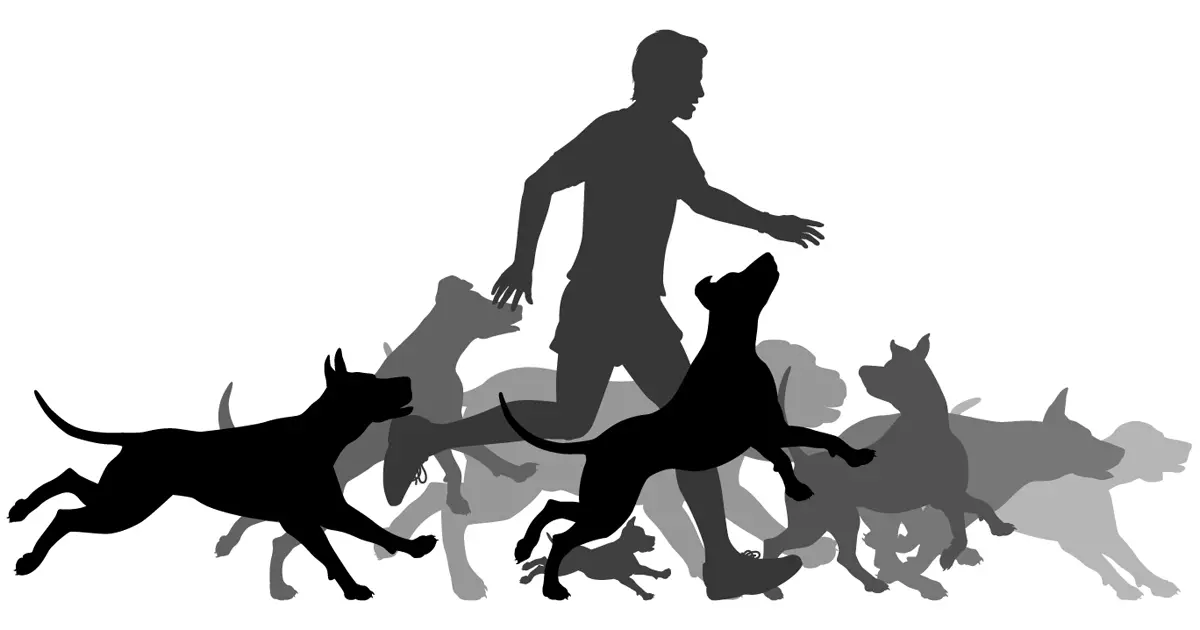Running with your dog can be a fulfilling experience, offering both physical health benefits and precious time spent together. However, as with any exercise, it’s essential to approach this activity with careful consideration of your furry friend’s abilities and needs. Below are several important aspects to keep in mind for a smooth and pleasing running experience.
Understanding Your Dog’s Breeds and Limits
Before lacing up your running shoes and heading out, it’s essential to consider the breed of your dog. Different breeds come with varying physical capacities, and understanding these differences can help manage expectations for your runs. Larger breeds, such as the German Shepherd or Labrador Retriever, are typically more suited to endurance activities and longer distances. In contrast, smaller breeds may struggle with prolonged exercise due to their limited stamina.
It’s crucial to familiarize yourself with your dog’s specific needs and capabilities. Health conditions, age, and the environment can significantly impact your dog’s readiness for running. Therefore, consulting with a veterinarian can provide insights into your dog’s health status and any restrictions they may need to follow.
Gradual Introduction to Running
Regardless of your dog’s breed, jumping into a lengthy run is never advisable. Just as you would warm up before a workout, your dog’s fitness should be built gradually. Start with short runs—perhaps a gentle jog around your neighborhood. This helps both you and your pet acclimate to a new activity.
With regular practice, gradually increase the distance and intensity of your runs. Consistency is key here, as building endurance takes time. Respecting your dog’s pacing and giving them the opportunity to adapt ensures that both you and your pet will enjoy these runs for years to come.
When running with your dog, consider using specific commands to keep them safe and well-behaved. Having your dog trained to remain by your side can minimize the risk of accidents for both you and them. You might want to dedicate some time to train your dog to understand basic commands while walking together.
It’s also essential to keep your running environment safe. Wearing a leash can prevent your dog from wandering off or engaging with distractions, such as other animals or pedestrians. If your dog is excitable, consider using a harness rather than a collar to maintain better control.
Running can be dehydrating, not just for you but also for your pet. Be sure to bring along water for both of you. Consider packing a collapsible dog bowl to make hydration easier during breaks— frequent stops for water will help prevent overheating and dehydration, especially on warmer days. Conversely, cold temperatures may call for shorter runs as you monitor your dog’s reaction to the chill; some breeds relish in colder weather, but it can be taxing for others.
Always be attentive to your dog’s behavior during and after runs. If they seem sluggish, pant excessively, or show signs of distress, take it as a cue to adjust your running routine or consult a professional.
Making Running a Joyful Routine
Establishing a running routine with your dog can enrich both of your lives. Dogs thrive on consistency, so having a set schedule for when you run will help your pet look forward to these outings. Over time, your bond will deepen as you both enjoy this physical activity together.
Lastly, running is an excellent way for you both to stay active and healthy. As you both develop a routine, your outings can lead you to discover new trails, parks, and local landscapes, adding an element of adventure to your runs. Make sure to embrace each exercise session with that spirit of exploration; after all, fitness is best enjoyed when coupled with the companionship of a loved one.
By ensuring safety, understanding limits, and building a shared routine, you and your dog can make running a joyful, beneficial practice in your lives.

